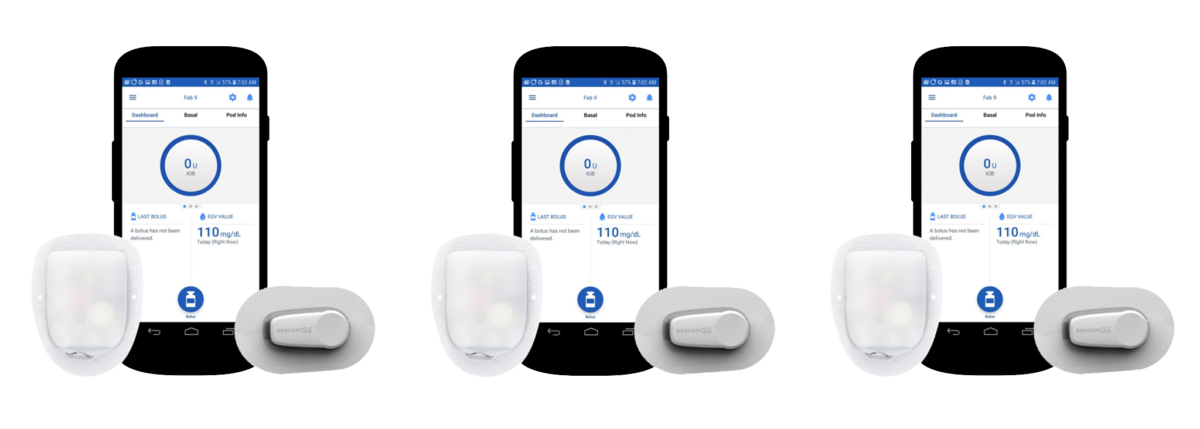Who Has Access to New Oral Diabetes Medications?
Written by: Beyond Type 2 Editorial Team
4 minute read
June 15, 2020
Racial and ethnic minorities may have a greater need for newer diabetes medications but functionally have less access.
Newer diabetes medications, like DPP4 inhibitors (Januvia, Onglyza, Tradjenta), GLP-1 receptor agonists (Victoza, Trulicity, Ozempic) and SGLT2 inhibitors (Sulisent, Invokana, Farxiga, Jardiance) have a range of benefits for individuals with type 2 diabetes and have made strides in improving blood glucose control and preventing complications, for those who can afford them. Unlike older medication like metformin, these newer drugs are patented and more costly, with list prices in the $400-600 range for a month supply and variable insurance coverage and savings programs.
New research presented on June 12, 2020 at the ADA Scientific Sessions shares a closer look at who is accessing these oral medications and where major gaps still exist.
Dr. Ahmed Elhussein presented Racial and Socioeconomic Disparities in the Use of Newer Diabetes Medications in the Look AHEAD Study, examining users of these three drug classes by population-based race/ethnicity and socioeconomic variables.
Racial and ethnic minorities have a greater prevalence of type 2 diabetes, as Dr. Elhussein cited: Type 2 diabetes rates in the United States are 7.4 percent among whites and 12-15 percent among other races and ethnicities. Racial and ethnic minorities could stand to benefit more from these new drugs based on the greater burden of diabetes and complications already present.
Unfortunately, researchers found that all non-white groups were less likely to start using any of these new oral medications. Specifically, the study found the likelihood of Black patients starting one of the newer drugs was 19 percent lower than their white counterparts. The likelihood of American Indian/Alaskan Native groups starting one of the newer drugs was 49 percent lower. Importantly, the research also found that the effects of race/ethnicity were present even when controlled for socioeconomic factors.
Racial and ethnic minorities may have a greater need for newer diabetes medications but functionally have less access.
This study did not take into account insurance plan coverage differences or patient preference. Luckily, another study presented in the same session did: “Differences in Diabetes Medication Use between Commercial and Medicare Advantage Beneficiaries, 2013-2018”. Presented by Dr. Rozalina McCoy from the Mayo Clinic.
Dr. McCoy’s work focused on how likely patients were to be prescribed new oral medications of the same three varieties, and looked at insurance plan type (Medicare Advantage vs commercial plans) as well as race and ethnicity. This was a large retrospective study of insurance claims data covering 1.7 million patients with type 2 diabetes, all of whom were taking some kind of medication.
This study found that individuals enrolled on Medicare Advantage plans were:
- 55 percent less likely to use a GLP-1 receptor agonist than commercially insured individuals.
- 69 percent less likely to use an SGLT2 inhibitor than commercially insured individuals.
- 39 percent less likely to use a DPP-4 inhibitor than commercially insured individuals.
This is despite the fact that the Medicare Advantage plans provided the same formulary benefits as the commercial plans they were being compared to.
This gap may be driven by the affordability of copays because Medicare Advantage enrollees are not able to access many savings cards. This study also reinforced many of the same racial disparities found in Dr. Elhussein’s research.
At the individual level, these disparities play out in clinical care settings. What types of providers are different people seeing for their diabetes care? Primary care providers? Community health workers? Certified Diabetes Care and Education Specialists? Endocrinologists? How likely are those care providers to prescribe that individual a certain drug type? In the best case scenario, providers may know that an individual is a good candidate for a new medication and enter into discussions of costs and budgeting with their patients one-on-one. Patients may or may not be able to navigate the costs and cost-saving options if supported by a care provider. Other times, these conversations may never happen at all because of biased assumptions, like a care provider assuming that a Black or Indigenous patient may not be able to afford a costly drug and therefore not prescribing or discussing.
The groups bearing the heaviest burden of diabetes and diabetes complications are the least likely to be taking the newest drugs. The reasons for these disparities are many and rooted deeply in American society. Systemic racism is responsible for the disparities we see in income, disease burden (including COVID-19 infection rates) and heath access. Advocates are pushing for change at every level, including health policy—get involved by learning how you can be a better ally. At the provider level, practitioners like Dr. Lisa Sumlin are providing culturally-competent care for Black communities and educating others on how to improve. Read her latest with Beyond Type 2 here.
Click here for complete coverage of ADA 2020 from Beyond Type 2.

Author
Beyond Type 2 Editorial Team
This piece was authored collaboratively by the Beyond Type 2 Editorial Team.
Related Resources

Already compatible with Dexcom’s G6 and G7 continuous glucose monitors (CGMs), the Omnipod 5 Automated...
Read more

The younger a person is diagnosed with type 2 diabetes, especially those with obesity, the...
Read more

The Oura Ring, which tracks things like sleep, heart rate, and activity, is joining forces...
Read more

